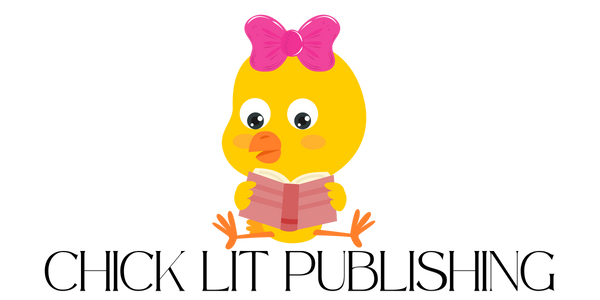Social Emotional Learning Through Reading

The pages of a book can serve as a magical gateway to not only distant lands and fantastical adventures, but also to the development of essential life skills. Social-emotional learning (SEL) through reading is a powerful tool that empowers children to navigate the complex landscape of emotions, relationships, and personal growth. Let's delve into the importance of integrating SEL into children's literature and explore how reading can be a catalyst for their emotional and social development.
Understanding Social-Emotional Learning
Social-emotional learning encompasses a range of skills that are crucial for a child's holistic development. These skills include self-awareness, self-management, social awareness, relationship skills, and responsible decision-making. When children engage with characters and situations in books, they are presented with opportunities to explore and understand these aspects of emotional intelligence.
- Fostering Empathy
Quality literature has the incredible ability to transport children into the shoes of characters from diverse backgrounds and experiences. Through these journeys, young readers can develop a deep sense of empathy as they vicariously experience a character's challenges, triumphs, and emotions. Whether it's the joy of friendship, the pain of loss, or the excitement of a new adventure, books provide a safe space for children to connect with a wide range of emotions, promoting empathy and understanding.
- Building Self-Awareness
Characters in books often grapple with personal challenges, helping children reflect on their own feelings and experiences. As children identify with characters who face similar struggles, they gain insights into their own emotions and develop a greater understanding of who they are. This self-awareness lays the foundation for emotional intelligence, enabling them to navigate their own feelings and reactions in real-life situations.
- Enhancing Relationship Skills
Stories are filled with diverse relationships, from friendships to family dynamics. As children explore these relationships through literature, they learn valuable lessons about communication, cooperation, and understanding. By observing characters navigate conflicts and celebrate successes, young readers gain insights into building positive and meaningful connections with others.
- Promoting Responsible Decision-Making
Books often present characters with choices and dilemmas, allowing children to witness the consequences of different decisions. This exposure to decision-making processes helps children develop critical thinking skills and a sense of responsibility. As they observe characters facing challenges and making choices, children learn that decisions have outcomes, fostering a sense of accountability for their actions.
Practical Tips for Integrating SEL into Reading
-
Curate Diverse Reading Material: Select books that feature characters from various backgrounds and cultures, providing a rich tapestry of experiences for children to explore.
-
Engage in Conversations: After reading a story, engage children in discussions about the characters' emotions, actions, and decisions. Encourage them to share their thoughts and relate the story to their own experiences.
-
Model Emotional Expression: Share your own emotional responses to stories. This modeling helps children understand that it's normal to experience a range of emotions and that expressing these feelings is healthy.
-
Incorporate SEL Activities: Supplement reading with activities that reinforce SEL concepts, such as role-playing scenarios from the story or creating artwork inspired by the emotions explored in the book.
Below, you will find a list of my own books that make excellent SEL tools and I have highlighted the skillsets they enhance:

Everything's Not Okay
Category: Self Awareness & Self- Management
Skills: Identifying & managing one’s emotions




